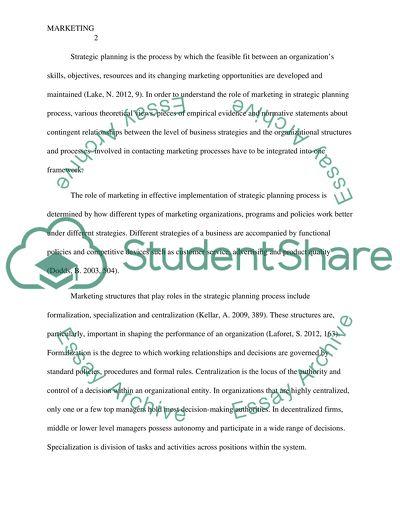Cite this document
(“Marketing Essay Example | Topics and Well Written Essays - 1000 words - 11”, n.d.)
Retrieved from https://studentshare.org/marketing/1495857-marketing
Retrieved from https://studentshare.org/marketing/1495857-marketing
(Marketing Essay Example | Topics and Well Written Essays - 1000 Words - 11)
https://studentshare.org/marketing/1495857-marketing.
https://studentshare.org/marketing/1495857-marketing.
“Marketing Essay Example | Topics and Well Written Essays - 1000 Words - 11”, n.d. https://studentshare.org/marketing/1495857-marketing.


